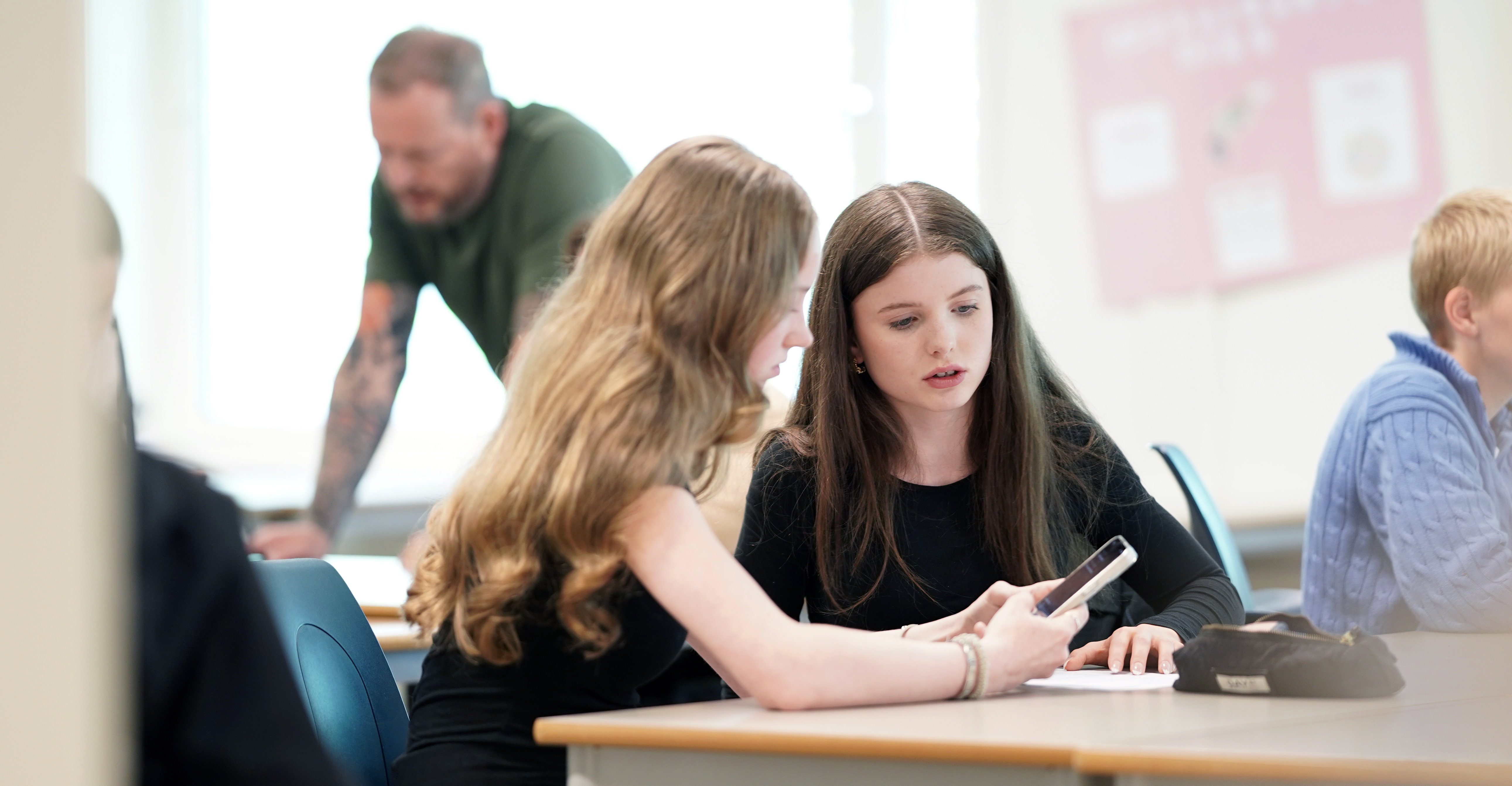The Implementation of Educational Reforms and Changing Classroom Practices
DOI:
https://doi.org/10.7577/njcie.6457Nedladdningar
Referenser
Acedo, C. Adams, D. & Popa, S. (Eds.) (2012). Quality and qualities: Tensions in education reforms. Sense publishers.
Bray, M., Adamson, B., & Mason, M. (Eds.). (2014). Comparative education research: Approaches and methods. Springer.
Bray, M., & Thomas, R. M. (1995). Levels of Comparison in Educational Studies: Different Insights from Different Literatures and the Value of Multilevel Analyses. Harvard Educational Review, 65(3), 472-491.
Brevik, L. M., Gudmundsdottir, G. B., Doetjes, G., & Barreng, R. L. S. (2023). Å observere fagfornyelsen i klasserommet. Observasjonsprotokoller for utforsking, utforsking og digital kompetanse [To observe curriculum reform in the classroom. Observation protocols for inquire based learning, life skills and digital competence]. EDUCATE report 1. Department of teacher education and school research. University of Oslo.
Burner, T., & Schipor, D. (2025). Deep learning in the primary school English classroom in Norway. Nordic Journal of Comparative and International Education, 9(4). https://doi.org/10.7577/njcie.6176
Cook, B. J., Hite, S. J., & Epstein, E. H. (2004). Discerning trends, contours, and boundaries in comparative education: A survey of comparativists and their literature. Comparative Education Review, 48(2), 123–149.
Datnow, A. (2020). The role of teachers in educational reform: A 20-year perspective. Journal of Educational Change, 21, 431–441. https://doi.org/10.1007/s10833-020-09372-5
Hartvigsen, K. M. (2025). Maps and territory. Templates for exploring and comparing religious traditions in Norwegian upper secondary religious education. Nordic Journal of Comparative and International Education, 9(4). https://doi.org/10.7577/njcie.6281
Isaksen, A. R., & Gudmundsdottir, G. B. (2025). Teacher perceptions of digital life skills in upper secondary school: Digital detox, footprints and responsibility. Nordic Journal of Comparative and International Education, 9(4). https://doi.org/10.7577/njcie.6174
Karseth, B., & Wahlström, N. (2022). Contemporary trends in curriculum research. In R. Tierney, F. Rizvi, & K. Ercikan (Eds.), International Encyclopedia of Education (pp. 74-84). Elsevier.
Magnusson, C. G., & Doetjes, G. (2025). En kartleggingsstudie av livsmestringsundervisning i en internasjonal kontekst og implikasjoner for fagene norsk, engelsk og fremmedspråk i norsk skole. Nordic Journal of Comparative and International Education, 9(4). https://doi.org/10.7577/njcie.6234
Marino, J., & Ssentanda, M. E. (2025). Comparing teacher attitudes toward early grade reading reform in Northern and Central Uganda. Nordic Journal of Comparative and International Education, 9(4). https://doi.org/10.7577/njcie.6182
McLure, F. I., & Aldridge, J. M. (2023). Sustaining reform implementation: a systematic literature review. School Leadership & Management, 43(1), 70–98. https://doi.org/10.1080/13632434.2023.2171012
Powell, J. J. (2020). Comparative education in an age of competition and collaboration. Comparative Education, 56(1), 57–78. https://doi.org/10.1080/03050068.2019.1701248
Priestley, M., Alvunger, D., Philippou, S., & Soini, T. (Eds.) (2021). Curriculum making in Europe: Policy and practice within and across diverse contexts. Emerald Publishing.
Siljan, H. H. (2025). «Alle disse følelsene og tankene er jo gjennom personal forteller»: Elevers analytiske utforsking av en litterær tekst. Nordic Journal of Comparative and International Education, 9(4). https://doi.org/10.7577/njcie.6177
Sivesind, K., & Karseth, B. (2022). Introduction: A comparative Network Analysis of Knowledge Use in Nordic Education Policies. In B. Karseth, K. Sivesind, & G. Steiner-Khamsi (Eds.), Evidence and Expertise in Nordic Education Policy: A comparative Network Analysis (pp. 1-31). Palgrave Macmillan. https:/doi.org/10.1007/978-3-030-91959-7_1
Skarpaas, K. G., & Dodou, K. (2025). Sparse and selective. Digital responsibility practices in lower secondary English classrooms in Norway. Nordic Journal of Comparative and International Education, 9(4). https://doi.org/10.7577/njcie.6274
Stovner, R. B., & Hatlevik, O. E. (2025). How do teachers use digital tools when they successfully engage students in Mathematical inquiry? Nordic Journal of Comparative and International Education, 9(4). https://doi.org/10.7577/njcie.6180
Vähäsantanen, K. (2015). Professional agency in the stream of change: Understanding educational change and teachers' professional identities. Teaching and teacher education, 47, 1-12. https://doi.org/10.1016/j.tate.2014.11.006
Volmari, S. (2025). Global assemblages and national narratives: A critical rethinking of evidence-based policymaking in the Nordic school reforms. Nordic Journal of Comparative and International Education (NJCIE), 9(4). https://doi.org/10.7577/njcie.6382
Yosief, A., Demoz, B., Eskender, S., Idris, K., & Andemicael, K. (2025). Learning from the Endeavours Made to Actualise Teacher Education and School Frameworks: Annotations to Advance Policies and Practices. Nordic Journal of Comparative and International Education (NJCIE), 9(4). https://doi.org/10.7577/njcie.6185
Aashamar, P. N., & Mathé, N. E. H. (2025). Inquiry in social studies and social science. Linking teachers’ perspectives and classroom practice. Nordic Journal of Comparative and International Education, 9(4). https://doi.org/10.7577/njcie.6284

##submission.downloads##
Publicerad
Referera så här
Nummer
Sektion
Licens
Copyright (c) 2025 Greta Björk Gudmundsdottir, Lisbeth M. Brevik, Kaja G. Skarpaas, Gerard Doetjes, Peter N. Aashamar

Det här verket är licensierat under en Creative Commons Erkännande 4.0 Internationell-licens.
Declaration on copyright
- The author/s will keep their copyright and right of reproduction of their own manuscript, with the work simultaneously licensed under a Creative Commons Attribution License, but give the journal a permanent right to 1) present the manuscript to the public in the original form in which it was digitally published and 2) to be registered and cited as the first publication of the manuscript.
- The author itself must manage its financial reproduction rights in relation to any third-parties.
- The journal does not provide any financial or other remuneration for contributions submitted.
- Readers of the journal may print the manuscripts presented under the same conditions that apply to reproduction of a physical copy. This means that mass reproduction of physical copies or production of copies for commercial purposes is not permitted without the agreement of the author/s.


